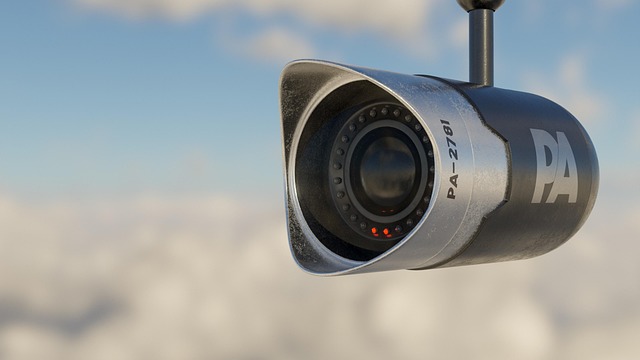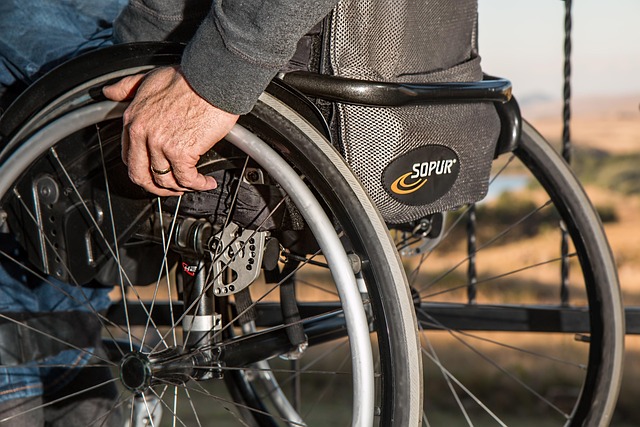In the last decade, the convergence of sensor technology and data analytics has transformed the way we monitor human health. What once required invasive procedures or periodic clinic visits can now be observed continuously, unobtrusively, and in real time. At the heart of this shift is a practice known as digital surveillance, which leverages a network of embedded devices, wearable gadgets, and cloud‑based platforms to gather and interpret health signals across populations. The implications of this technology stretch beyond individual wellness; they reshape public health strategies, influence clinical decision‑making, and even drive policy debates about privacy and equity.
From Traditional Sensors to Smart Networks
Early health sensors were limited in scope: a pulse oximeter, a blood pressure cuff, or a glucometer. Each device produced isolated data points, requiring manual recording and interpretation by healthcare professionals. The next evolution involved connecting these devices to a central hub, allowing data to be aggregated and visualized in dashboards. Today, digital surveillance operates at a far grander scale. Thousands of tiny sensors—embedded in clothing, implanted in the body, or simply placed on a wrist—communicate through Bluetooth, Zigbee, or cellular networks to cloud services that run sophisticated machine‑learning algorithms.
- Continuous monitoring of vital signs such as heart rate, respiratory rate, and blood oxygen saturation.
- Environmental sensors that track temperature, humidity, and air quality, informing the detection of disease outbreaks.
- Behavioral analytics derived from smartphone usage patterns, sleep cycles, and movement trajectories.
Case Study: Early Detection of Influenza Outbreaks
Digital surveillance systems can recognize subtle shifts in community health before traditional reporting methods catch them. By aggregating anonymized data from wearable devices and smart thermometers, algorithms can detect a sudden rise in average body temperatures or increased reports of cough-related symptoms. When these signals converge with environmental data—such as increased pollen counts or changes in indoor heating patterns—public health officials gain a clearer picture of potential influenza or other respiratory disease spread.
“The ability to see the invisible, to detect a pattern that spans thousands of individuals in real time, fundamentally changes how we intervene,” says a leading epidemiologist involved in a city‑wide surveillance pilot.
Personalized Care Through Continuous Data Streams
Beyond population‑level insights, digital surveillance empowers clinicians to provide hyper‑personalized care. For patients with chronic conditions such as heart failure, diabetes, or asthma, continuous data feeds enable predictive modeling. A sudden drop in heart rate variability or a spike in blood glucose can trigger automated alerts, prompting timely medication adjustments or remote consultations.
One striking example involves implantable cardiac monitors that transmit data to a central server. When the algorithm identifies a pattern indicating the onset of atrial fibrillation, the patient receives a notification and can adjust his medication dosage before an episode becomes symptomatic. This proactive approach reduces hospital readmissions and improves quality of life.
Ethical Considerations in a Surveillance‑Driven Era
With great power comes great responsibility. The very sensors that promise better health outcomes also raise questions about data ownership, consent, and surveillance fatigue. Digital surveillance relies on vast amounts of personal data—some of which are highly sensitive. Ensuring that data are stored securely, anonymized when possible, and used only for agreed‑upon purposes is essential to maintain public trust.
- Informed consent processes must be clear and accessible, explaining how data will be collected, analyzed, and shared.
- Data governance frameworks should enforce strict limits on data retention and enforce deletion upon request.
- Transparency mechanisms, such as dashboards that allow users to see what data are collected and how they influence clinical decisions, can mitigate concerns.
Innovation Pipeline: From Prototype to Market
Developing a digital surveillance solution involves several stages. It starts with a conceptual design that identifies the clinical need and the types of sensors required. Next, engineers prototype the hardware and develop the software stack that processes the raw data. Pilot studies test the system in controlled environments, gathering feedback from users and clinicians. Regulatory approval follows, ensuring that the device meets safety and efficacy standards. Finally, scaling the deployment requires robust cybersecurity measures, interoperability with existing electronic health record systems, and user education programs.
Emerging Technologies Shaping the Future
Several cutting‑edge technologies are poised to enhance digital surveillance further:
- Edge Computing: Moving data processing closer to the sensor reduces latency, enabling instant alerts for acute events.
- Non‑Invasive Blood Glucose Sensors: Recent breakthroughs in optical sensing could eliminate the need for finger‑stick measurements.
- Artificial Intelligence‑Driven Telemetry: Adaptive algorithms learn individual baseline patterns, improving the specificity of anomaly detection.
- Biocompatible Implantables: New materials reduce immune reactions, extending the lifespan of implanted monitoring devices.
Policy and Economic Impact
Governments worldwide are beginning to recognize the cost‑saving potential of digital surveillance. By reducing unnecessary hospital visits, enabling earlier disease detection, and streamlining clinical workflows, these systems can lower overall healthcare expenditures. However, policy frameworks must balance innovation with safeguards. Data sovereignty laws, reimbursement models for remote monitoring, and incentives for manufacturers to produce affordable sensors are critical components of a sustainable ecosystem.
Conclusion: A Paradigm Shift in Health Management
Digital surveillance, powered by an ever‑expanding array of sensors, represents a transformative force in modern medicine. It turns raw data into actionable insights, turning passive monitoring into proactive care. While challenges around privacy, equity, and regulation persist, the potential benefits—improved patient outcomes, more efficient healthcare delivery, and a deeper understanding of population health—are undeniable. As technology continues to advance, the integration of digital surveillance into everyday life will become less of a novelty and more of a standard practice in achieving healthier societies.




